Empty Skies: Who Are the Species At Risk?
Published
Categories
Author
Blog Post
In the case across from the Passenger Pigeons in the new Empty Skies exhibit (August 2014 - April 2015), eleven different Species At Risk birds are on display. But who are these species? What are their stories? We can only share so much about them within the space of the museum gallery, so as part of our weekly blog series leading up to our De-Extinction Dialogues Event on September 26th (get your tickets now!), we thought that we would share a few extra interesting facts about five of the species showcased in the exhibit.
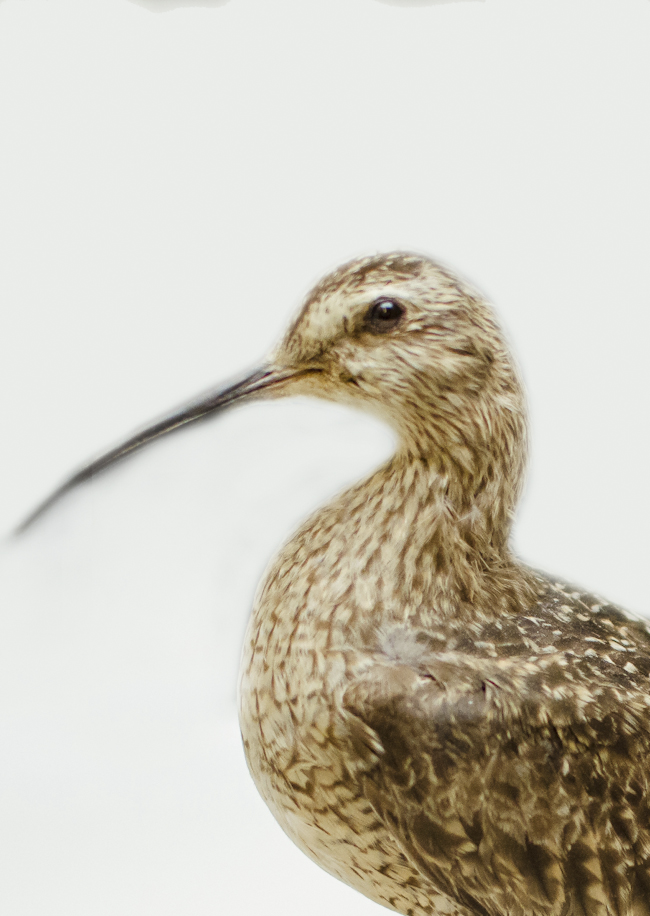
Eskimo Curlew - (Numenius borealis)
Status: EXTINCT
- The Eskimo Curlew is actually still listed by Canada’s Species At Risk Act as Endangered, rather than Extinct. Much like the case of the public excitement and occasional sightings of the elusive, similarly rare species the ivory-billed woodpecker in the USA, rumours still abound that people have seen individual eskimo curlews flying by during migration season, despite no confirmed records of nests in the breeding grounds in over a century. Even if these rumoured few eskimo curlews are still around, the species is functionally extinct because it would not be able to recover with so few individuals.
- 100% of the eskimo curlew’s breeding grounds were located in the Canadian Arctic. During their fall migration, a major staging area for them used to be the coastal barrens of Newfoundland and Labrador on their way South to Argentina for overwintering.
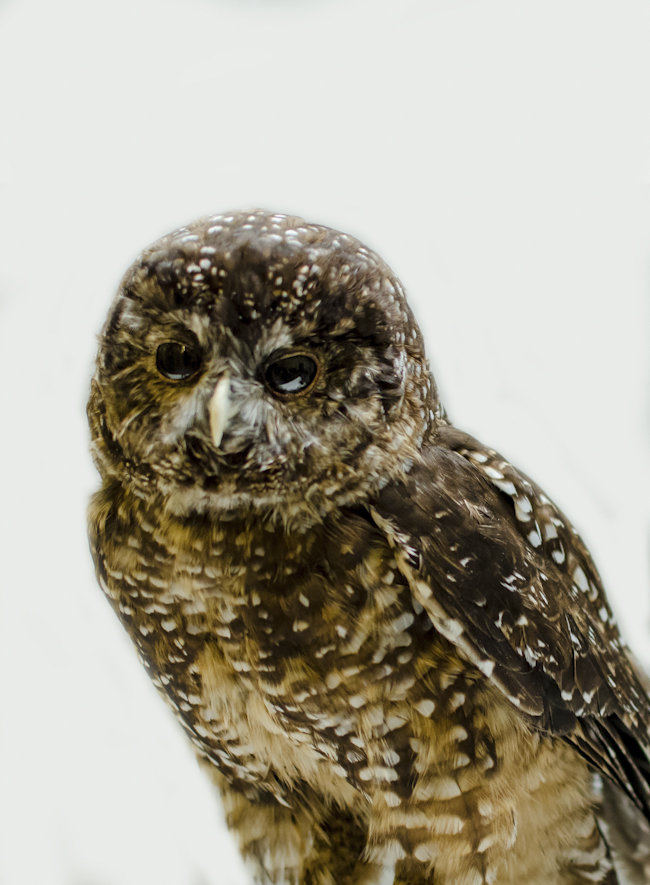
Spotted Owl (Strix occidentalis)
Status: ENDANGERED
- Spotted owls are sensitive to habitat loss because they require complex, old growth forests for both their everyday needs such as hunting, as well as their breeding and nesting sites. They don’t build their own nests, but instead use naturally-occurring, preferably sheltered locations, such as hollows in trees or the abandoned nests of other large birds. This requirement starts early in life, and likely plays a role in the success of young owls as they leave their parents. According to recent research, not many spotted owl young are surviving to an adult age anymore, and loss of suitable habitat could be part of the reason.
- One of the threats faced by the spotted owl is ecological competition with the barred owl, a closely-related species. In addition to competing for resources, there are also a growing number of cases of interbreeding between the two species - hybridization. Most of these documented hybrid birds involve a female barred owl mother and a male spotted owl father.
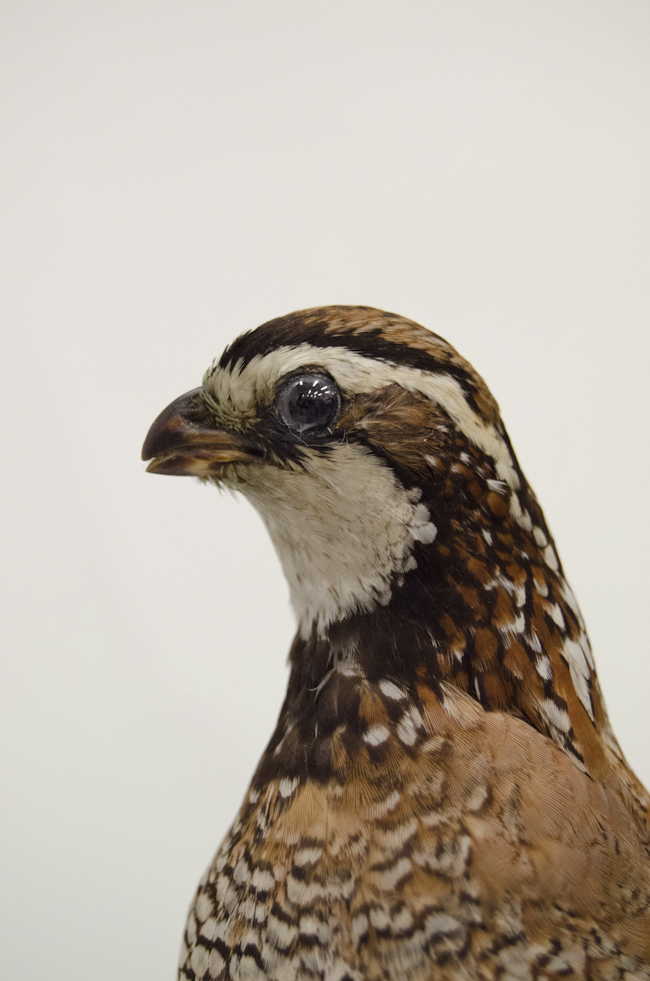
Northern Bobwhite (Colinus virginianus)
Status: ENDANGERED
- A human factor that impacts the northern bobwhite as a species is the reintroduction of captive-bred bobwhites into the wild. Up until the late 1990s, anyone could obtain northern bobwhite eggs, hatch them, and then release them into the wild. This was even a strategy used initially to try and help the species recover. However, captive-reared bobwhites tend to have very low survival rates, especially in Canada’s cold winters which threaten wild-bred bobwhites too.
- Clearing of forests for agricultural land initially seemed to help the northern bobwhite population expand in Ontario. It does very well in grasslands and brush, and is now found mostly in or near cultivated lands. But the species has now been affected by the shift to larger scale farms and the tools used to run them, like the use of pesticides which lower the populations of its insect prey, as well as the increases in field size and subsequent clearing of brush areas that normally provide cover for the birds.
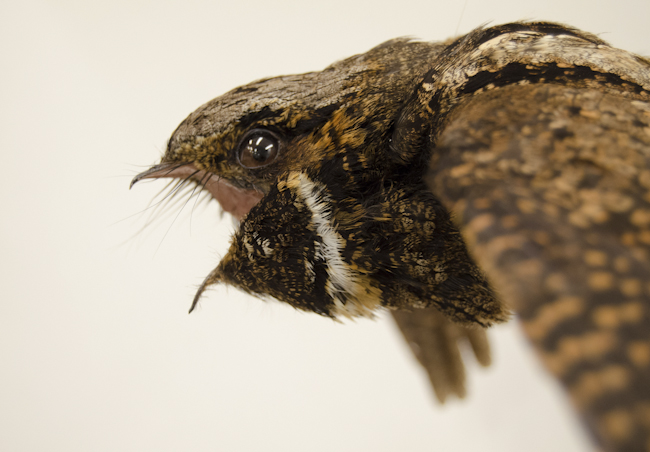
Eastern Whip-poor-will (Antrostomus vociferus)
Status: THREATENED
- The whip-poor-will’s distinctive call on moonlit nights has often been a symbol of summer nights in rural Eastern Canada and the US. Not a lot is known about this species, but its populations are in decline across Canada. Scientists are working together on projects like Bird Studies Canada’s Ontario Whip-poor-will Project that try to narrow down areas in which the birds can still be found, and which can be considered “hot-spots” for the species.
- Roads and collisions with vehicles are likely factors in whip-poor-will decline, but more research is still needed. A number of characteristics make the eastern whip-poor-will vulnerable to impacts from roads. For one, they like to sit on the gravelly open spaces of roadside shoulders, and generally prefer open, fragmented forest cover. They are also insectivores, who track their prey at night by sight; as any night-time driver can attest, insects are attracted to roadside lights and the beams of car headlights, so it stands to reason that nocturnal predators like the whip-poor-will hunting the insects would be attracted to these light sources too. For more information about wildlife and roads, and what you can do to help, visit www.rom.on.ca/oreg.
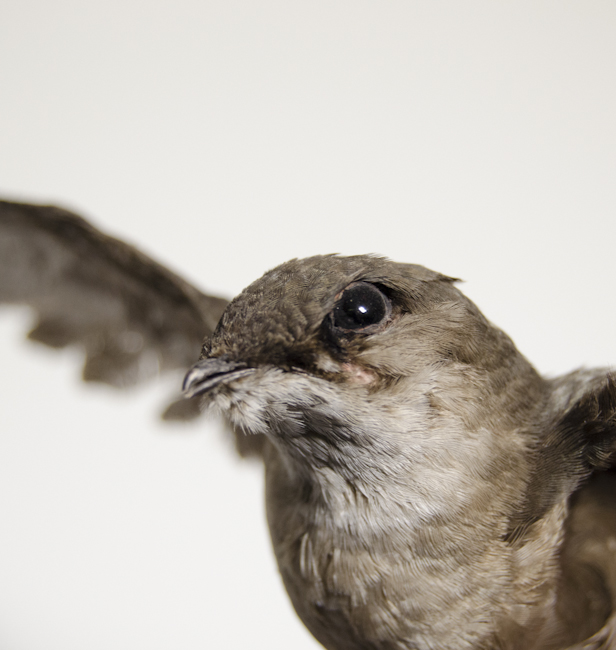
Chimney Swift (Chaetura pelagica)
Status: THREATENED
- Chimney swifts have undergone a very rapid decline in their Canadian population numbers, 30% in a mere three generations. Until this recent drop, the species was pretty well-adapted to living in or around the urban environment, substituting its former nesting habitat of old growth, hollow trees for the hollow brick chimneys and other man-made structures found throughout the landscape. Fewer and fewer of these older structures exist with the switch to electric and gas heating, along with changes to chimney design, resulting in dramatic decreases in available nesting habitats.
- Chimney swift populations in Toronto are increasingly monitored by projects that engage local volunteers and citizen scientists, such as Ontario SwiftWatch, a project run by Bird Studies Canada.
For more information about these species, and other Canadian Species At Risk, visit the Canadian Species At Risk Act Online Registry.


